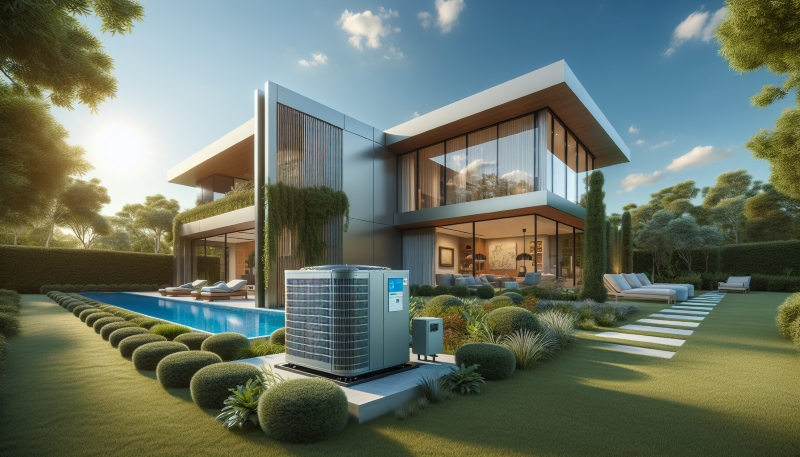The acronym HVAC stands for Heating, Ventilation and Air Conditioning. It is clear to see that this acronym encompasses a whole range of things, so sometimes it can be a bit tricky to understand. The main thing that you need to know is that HVAC systems are essentially responsible for all the heating and cooling systems that you have at home or at your workplace. While the system behind HVAC is complex in its design and nature, the concept itself shouldn’t be too confusing for homeowners as there are just a few points that you need to understand that will affect your home. You do not need to know the names of all the bits and bops found within the system, only how the system works in general and how it can positively benefit your home.
The Basic Components of an HVAC System
As mentioned above, the knowledge of the smallest details within an HVAC system is necessary. When you think about how does HVAC work, certain parts offer the solution to that. First and foremost, as is described in the HVAC meaning, air conditioning is present. This air conditioner works to pull in any warm or hot air, run it through a cooling system and create cooler air. This is especially important in homes that are in warm areas such as San Diego and Los Angeles, in fact, there is a helpful Los Angeles Air Conditioning Service that serves all the homes in the LA area, as there is a huge demand for AC in the hotter regions of the country.
There is also a heat pump with the HVAC system which answers the question of how does HVAC heating work. This piece of machinery does what the AC does, it pulls in air but then it passes it through a heating system to create the temperature you desire. You can often choose the degree you want on the settings of the HVAC. Another thing that impacts how does HVAC heating work is the furnace, which is one of the most integral parts of any heating system.
Then two other components are vital to the workings of an HVAC system, which are the ducts and the thermostat. The Ducts are responsible for the flow or movement of air, this means that all the air being pulled in, transported through the HVAC system and then churned out again is based on air ducts. Furthermore, as mentioned, concerning the regulation of temperate, is the thermostat. This indicates the temperature of your home. Knowing these five main components of an HVAC system should answer your question about “How does a home HVAC system work?”
HVAC Sustainability
Beyond the components comes the overall design of the HVAC system. Now, if you look back at HVAC systems from two decades ago, you will most likely find that these were not the most sustainable designs. Therefore, for anyone looking to replace their current ones for a more sustainable build or start sustainably from the get-go, you should consider getting a consultation from a Pure Eco Inc expert who can advise you on the best ways to ensure your home leaves behind a greener carbon footprint.
It is clear that homes have the capability of being a positive addition to the world’s fight against using damaging fuels or contributing to global warming, through solar polar energy that they can put on the roofs of their houses to heat their water or eco-friendly HVAC systems that use minimal electricity and operate as efficiently as possible.
Concluding Thoughts
HVAC systems are a hugely fascinating field. They can certainly come across as confusing but the hope is that this explanation clears most of your questions up. The next time you ask yourself the question of “How does an HVAC system work?” – You now have the full answer to that and can invest in your next HVAC with confidence in the information that you have, just don’t forget to keep sustainability in mind.

